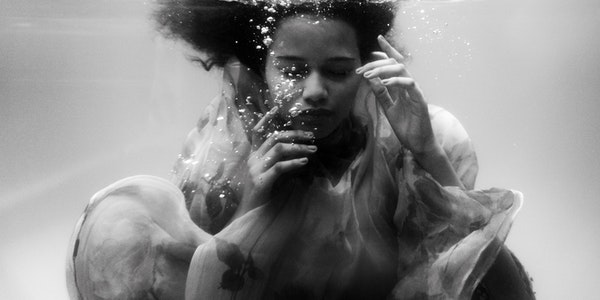Shadow is imaged by light, and using light to describe is the original meaning of photography. In fact, the image itself conveys a strong sense of light and shadow in the photographic picture. Obviously, photographic composition is inseparable from tone, or in other words, photographic composition is a way of expression of light.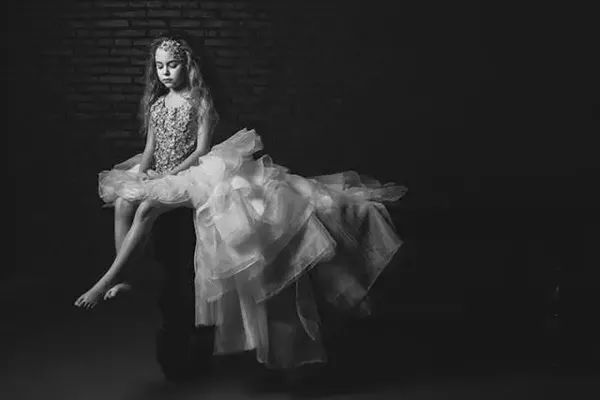
Table of Contents
Reasonable control of the tone
Reasonable lighting is the key to tone control. In order to achieve the desired effect of the tone layout of the picture, it is necessary to effectively control various factors such as the direction and nature of the main light, the light ratio of the main and auxiliary light, the irradiation range and intensity of the background light and so on.
1. The direction of the main light
The direction of the light is the light level. Different light positions can produce different light-dark relationships, thus creating a different tone atmosphere. The light level can be summarized into seven types: front light, front side light, side light, side backlight, back light, top light and bottom light.
2. The nature of light
The nature of light refers to the convergence, dispersion, softness, and hardness of light. Different properties have different composition characteristics. The characteristics of spotlight are clear direction of light, narrow beam, and clear shadows. The characteristic of astigmatism is that the light comes from different directions and the shadows produced are softer. Soft light means that the light is softened and dispersed by light controlled equipment (such as soft light umbrella), the light is soft, and the contrast is small. The directionality of hard light is very strong, which can produce a large area of contrast between light and dark in the picture, which helps to express texture and emotion.
3. Light ratio of main and auxiliary light
The light ratio refers to the difference in the amount of light received by the bright and dark parts of the person being photographed. The greater the light ratio, the greater the contrast between light and dark. When the light ratio is small, the contrast between light and dark is small. The light ratio can be adjusted by adjusting the intensity of the main and auxiliary lights or the distance between the lights and the characters.
4. The intensity and range of the background light
Background light refers to the light that illuminates the background, which is used to highlight the subject or beautify the picture, and has a great influence on the tone of the picture. To take high-profile photos, strong light will be selected to illuminate the background, and sometimes multiple background lights will be arranged to ensure that the background has sufficient brightness. Low-key photos will choose a weaker light intensity, sometimes even without the background light.
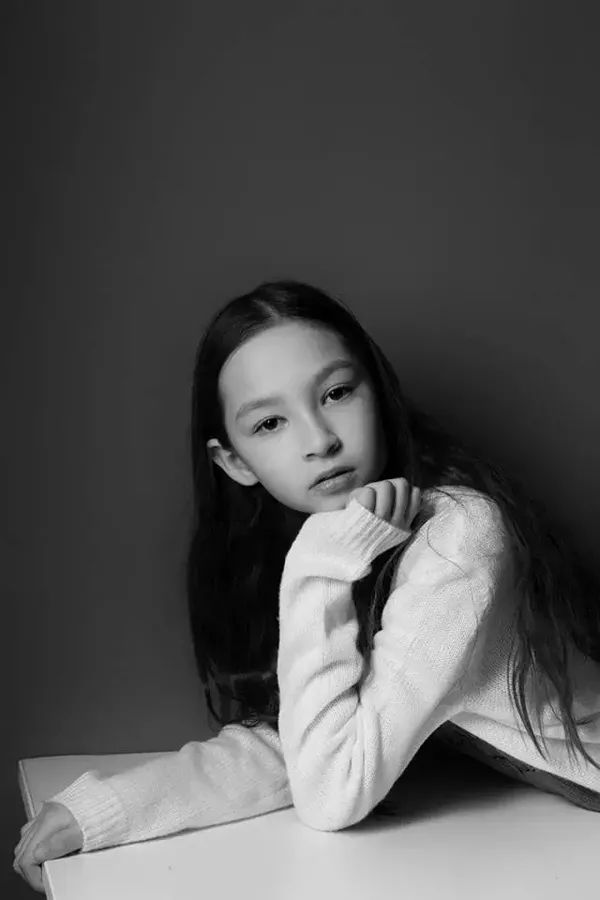
The influence of tone on composition
Tone composition is an important part of the composition. A large area of the same or similar tones can form the basic tone of the picture, and the balance and unity of the tones must be found in the same picture.
Shooting in the studio can achieve the unification of the tone of the picture by choosing the background. You can also use the background light to obtain different effects.
The composition of low-key portraits is dominated by dark colors. The background and costumes of the characters are all dark colors, and the lighting is relatively simple, generally only illuminating the subject.
Hard light is often used to take such photos to emphasize the contrast between light and dark and highlight the texture of the subject. This tonal processing method is often used to express the distinct personality of the subject, or to express the beauty of the simple and bright form of the picture.
The post-processing can be creatively cropped, and the contrast created by light and dark is used to cleverly compose the picture to help express the character’s personality and the atmosphere of the picture.
Dramatic spotlight effect
Once you have decided on the tone you want to express, you need to formulate a corresponding lighting plan. In terms of lighting, I always insist that the fewer lights, the better, but I have to look for a change. The subject is a girl who is experienced on stage, so I want to show this group of photos in a dramatic way.
I use the studio as a stage. I just want to illuminate the characters in the dark, similar to chasing lights on stage. The gray background wall is used as the background, the characters are very close to the wall, and a sun lamp (CCT is 9000K) is arranged at a position of 45° to the right of the character. I arranged two reflectors in front of the lamp to block the light. The light forms a beam of light accurately projected on the face of the character, and the darker background makes the character stand out.
In post-cutting, the characters are placed on the left side of the picture, and the large area of white space on the right enhances the sense of space in the picture. The light divides the picture into two areas, light and dark, and this contrast is full of dramatic color and tension.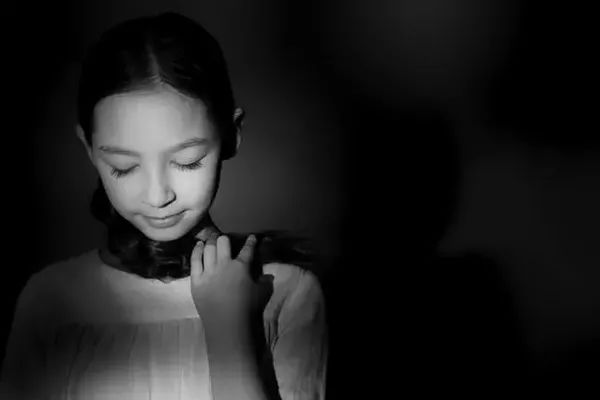
Aperture: F/3.2, shutter speed: 1/250s, focal length: 70mm, ISO: 640
The photo below is based on a portrait of the comedian Chaplin taken by the portrait master Halsman. Use blocked light to highlight the characters and create a dramatic effect of the stage. I blocked two light-shielding panels in front of a naked lamp, letting light project from a long narrow light path onto the child’s face, and a stage-like photo was produced.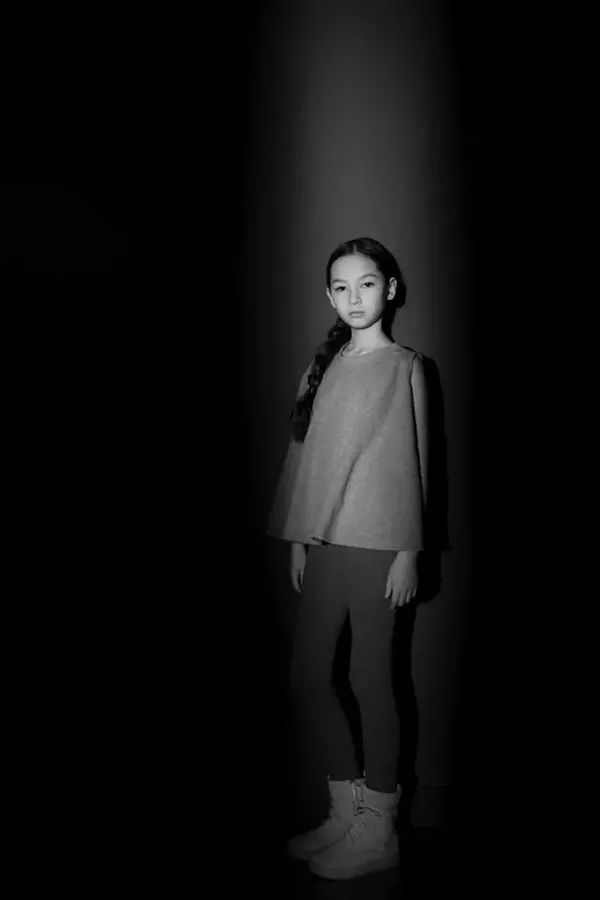
Aperture: F/3.2, shutter speed: 1/200s, focal length: 43mm, ISO: 640
The influence of light and shadow on composition
Light and shadow are the compositional elements in portrait photography. The use of light and shadow composition can enhance the visual effect of the picture.
- Light and shadow can render the atmosphere and highlight the emotions of the characters.
- Light and shadow can balance the picture and increase the aesthetics of the form of the picture. When composing a picture, shadows are often used to balance the picture and adjust the center of gravity to produce rich and interesting changes in the picture.
- Light and shadow help express the sense of space and three-dimensionality of the picture.
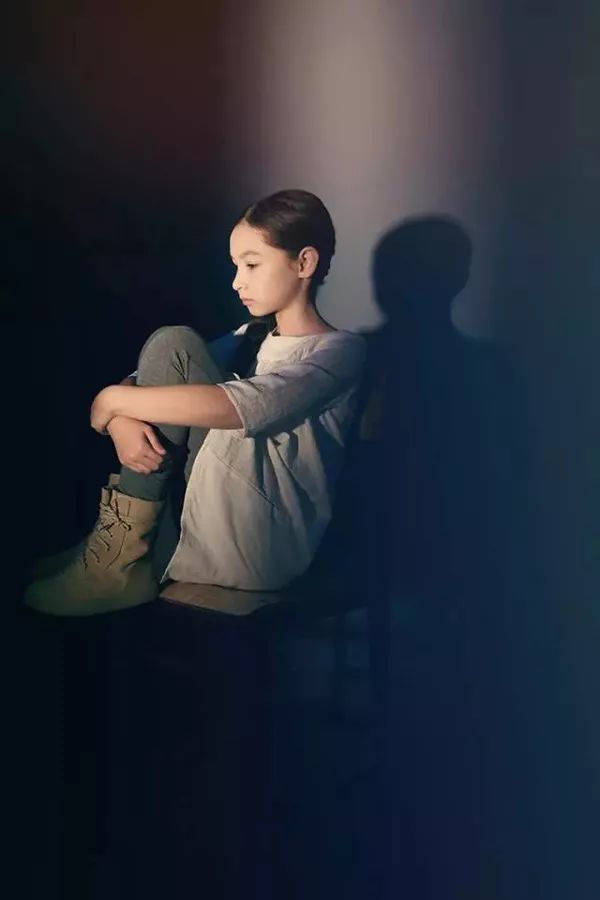 Aperture: F/3.5, shutter speed: 1/200s, focal length: 35mm, ISO: 640▲ The projection adds the details of the picture, and the picture is stable and full of changes.
Aperture: F/3.5, shutter speed: 1/200s, focal length: 35mm, ISO: 640▲ The projection adds the details of the picture, and the picture is stable and full of changes.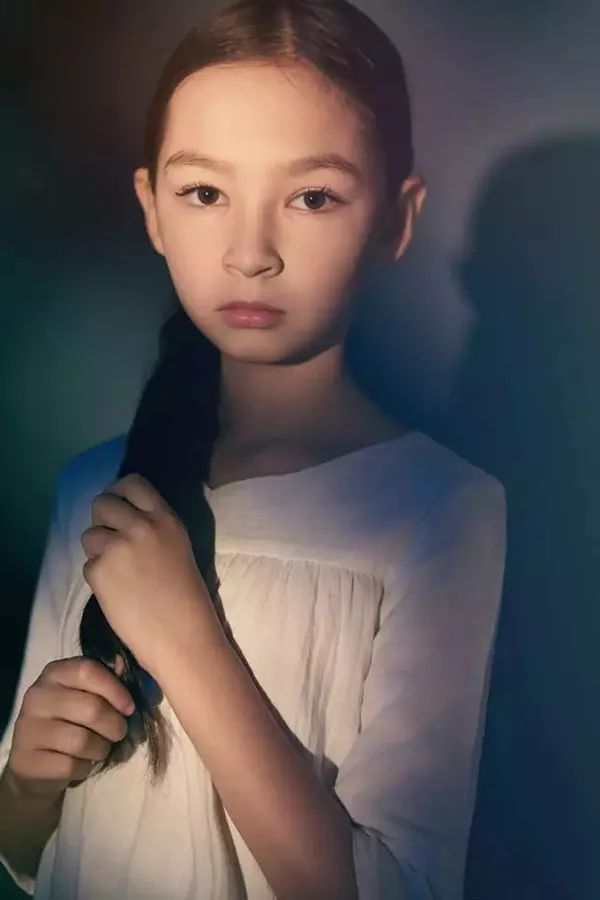
Aperture: F/3.2 Shutter speed: 1/200s Focal length: 70mm ISO: 640
▲ The color temperature of the sun lamp is 9000k. The higher blue light constitutes a cool tone, which makes people feel calm and rational.
The sense of space hinted by tonal perspective
In the composition, the contrast of light and dark is often used to create a sense of space in the picture. Different light uses have different light effects, and the effects of light and shadow are also different. Lights such as side light and back light can form a strong contrast between light and dark in the picture, and the resulting space is also strong. The forward light is relatively weak for the sense of space.
As shown in this example, the photographer used asymmetric composition. Leave the background on the right side of the girl with a large area of white space, and use light to illuminate the girl through obscuration. The space behind it has a light-dark transition, which can create a sense of space and three-dimensionality. At the same time, the light and dark arrangement of the background allows the viewer to have an imaginative space for the space in which the subject is located.
Photography is in fact expressing three-dimensional space on a two-dimensional plane. The spatial expression in the photographic picture must rely on the unique way of expression of photography itself, so that it can be restored to the true feeling of the original space when the viewer interprets it.
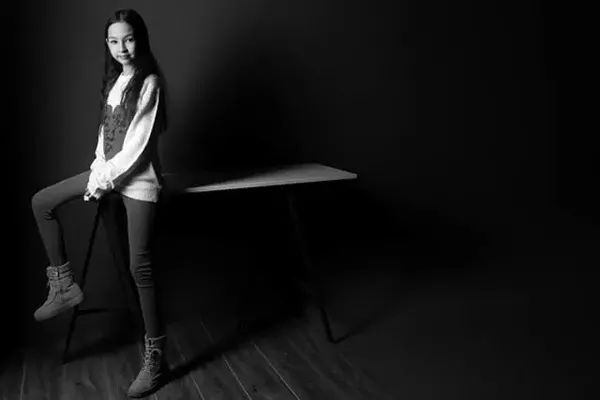
Aperture: F/14, Shutter speed: 1/60s, Focal length: 40mm, ISO: 160
▲ The strip soft box is used as the main light, which can provide the characters with uniform light from head to toe without illuminating the environment.
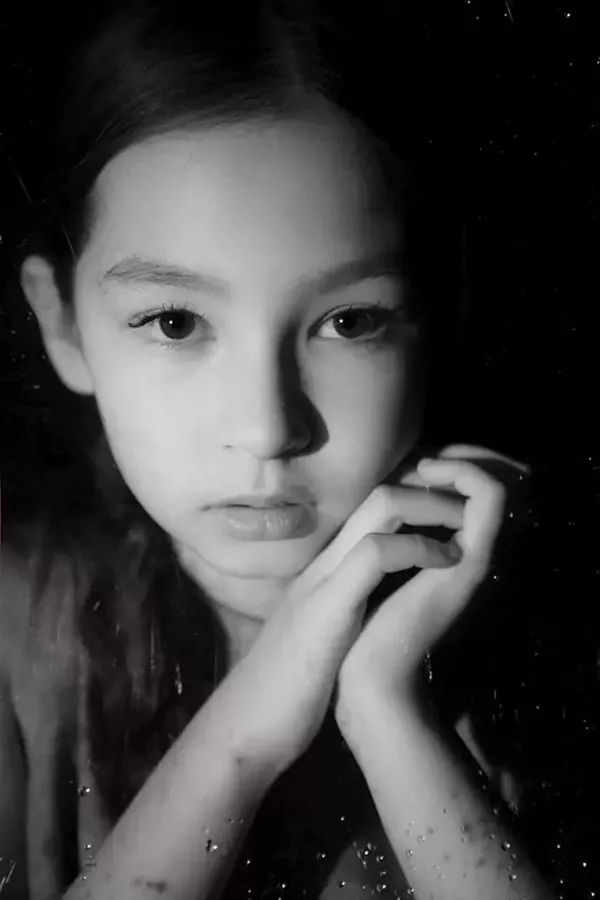
Focus: F/2.8, focus speed: 1/320s, focal length: 70mm, ISO: 640.
▲A transparent acrylic board was placed in front of the figure, sprayed with water drops, like in front of a window.
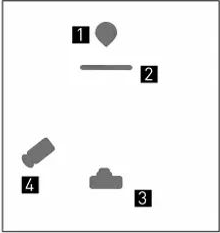
In this light map, 1 is the main character, 2 is the acrylic transparent plate, 3 is the camera, and 4 is the sun lamp.
